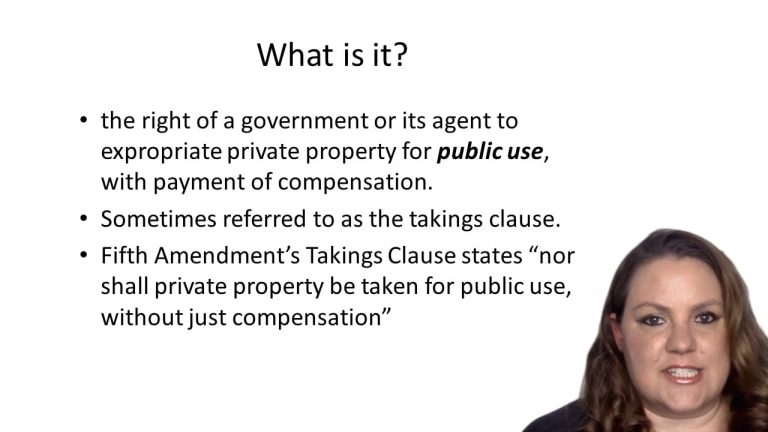SmartBrief
Confirm favorite deletion?
Property Keyed to Merrill
Penn Central Transportation Company v. City of New York
Citation:
484 U.S. 104
ProfessorTodd Berman
CaseCast™ – "What you need to know"
Facts
The plaintiff, Penn Central, owns Grand Central Terminal, and a number of other properties in that area of Manhattan. On August 2, 1967, Grand Central Terminal was designated a landmark, pursuant to the New York City Landmark Preservation Law, following a public hearing. Although opposed to this designation, Penn central did not seek judicial review. On January 22, 1968, Penn Central, in an effort to increase its income, entered into a renewable fifty-year lease with a third party to construct a multistory office building above the terminal. Penn Central was to be paid one million annually during construction and, at least, three million annually thereafter. Penn Central and the third party applied for permission to construct the office building atop Grand Central Terminal, submitting two separate plans. The first plan, provided for the construction of a fifty-five story office building weaved into the existing facade of Grand Central Terminal. The second plan, provided for construction of a fifty-three story office building, but called tearing down a portion of Grand Central Terminal and stripping the facade off another area of it. Both plans were rejected, the first plan received sympathetic treatment, but was denied on the grounds that the massive structure would overpower Grand Central Terminal reducing the landmark to the status of a curiosity. The second plan was summarily rejected as totally inconsistent with preserving a landmark. Penn Central did not seek judicial review of the denial of either plan, and, instead filed suit against the defendant, New York City, on the grounds that the New York City Landmark Preservation Law affected a “taking” of their property.
Only StudyBuddy Pro offers the complete Case Brief Anatomy*
Access the most important case brief elements for optimal case understanding.
*Case Brief Anatomy includes: Brief Prologue, Complete Case Brief, Brief Epilogue
- The Brief Prologue provides necessary case brief introductory information and includes:
Topic:
Identifies the topic of law and where this case fits within your course outline.Parties:
Identifies the cast of characters involved in the case.Procedural Posture & History:
Shares the case history with how lower courts have ruled on the matter.Case Key Terms, Acts, Doctrines, etc.:
A case specific Legal Term Dictionary.Case Doctrines, Acts, Statutes, Amendments and Treatises:
Identifies and Defines Legal Authority used in this case.
- The Case Brief is the complete case summarized and authored in the traditional Law School I.R.A.C. format. The Pro case brief includes:
Brief Facts:
A Synopsis of the Facts of the case.Rule of Law:
Identifies the Legal Principle the Court used in deciding the case.Facts:
What are the factual circumstances that gave rise to the civil or criminal case? What is the relationship of the Parties that are involved in the case.Issue(s):
Lists the Questions of Law that are raised by the Facts of the case.Holding:
Shares the Court's answer to the legal questions raised in the issue.Concurring / Dissenting Opinions:
Includes valuable concurring or dissenting opinions and their key points.Reasoning and Analysis:
Identifies the chain of argument(s) which led the judges to rule as they did.
- The Brief Prologue closes the case brief with important forward-looking discussion and includes:
Policy:
Identifies the Policy if any that has been established by the case.Court Direction:
Shares where the Court went from here for this case.
Topic Resources
Topic Outline

 7m 10s
7m 10s